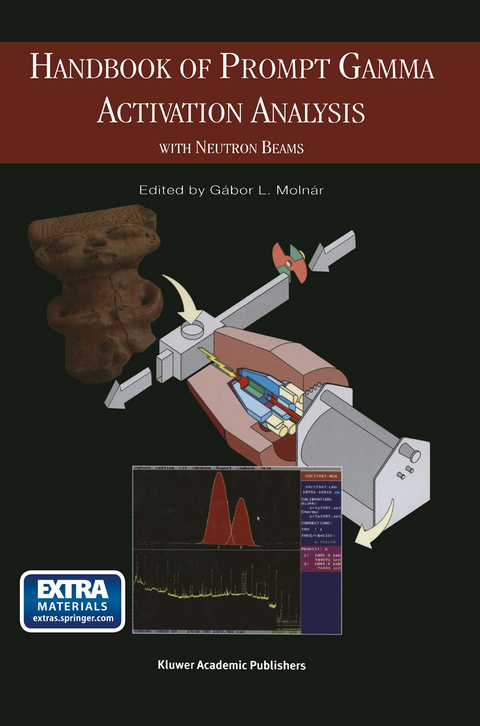
Handbook of Prompt Gamma Activation Analysis
Springer-Verlag New York Inc.
978-1-4757-0997-1 (ISBN)
The Handbook of Prompt Gamma Activation Analysis is a comprehensive handbook written for those practising the method, wanting to implement it at a reactor facility, or just looking for a powerful non-destructive method of element analysis. The book is also useful for nuclear physics, chemistry and engineering scientists, scholars and graduate students interested in neutron-induced gamma ray spectroscopy and nuclear analytical methods.
1. Principles of the PGAA method.- 1. Introduction.- 2. Fundamentals of Prompt Gamma Activation Analysis.- 3. Characteristics of PGAA.- References.- 2. Beams and Facilities.- 1. Basic parts of the PGAA system.- 2. Neutron flux mapping and monitoring.- 3. Additional shielding and background issues.- 4. Facilities.- References.- 3. Samples and Standards.- 1 Sample considerations.- 2 Standards and blanks.- References.- 4. Gamma-Ray Spectrometry.- 1. Introduction.- 2. Basic instrumentation.- 3. Calibration procedures.- 4. Optimization of detection.- 5. More sophisticated detection systems.- 6. Spectrum evaluation.- References.- 5. Quantitative Analysis.- 1. Introduction.- 2. Elemental identification.- 3. Standardization.- 4. Sources of error.- 5. Utilization of short-lived decay gamma rays.- References.- 6. Applications of PGAA with Neutron Beams.- 1. Introduction.- 2. Applications in Chemistry.- 3. Industry-Related Applications and Materials Science.- 4. Geology, Geochemistry, and Cosmochemistry.- 5. Art and Archaeology.- 6. Food and Agriculture.- 7. Environmental Studies.- 8. Biology.- 9. Medicine.- References.- 7. Prompt Gamma-Ray Spectrum Catalog.- 1. Introduction.- 2. Evaluation of prompt gamma-ray data.- 3. Spectra and tables for elements.- References.- 3.4 Spectra and tables for each element.- Appendices Reference Data.- 1. Fundamental constants.- 2. Properties of chemical elements.- 3. Isotopic data.- 4. Radioactive nuclides.- 5. X-ray energies and intensities.- 6. Energy and intensity standards.- 7. Thermal neutron capture data.- 9. Neutron capture cross section of elements.
| Erscheint lt. Verlag | 24.7.2012 |
|---|---|
| Zusatzinfo | 142 Illustrations, black and white; XV, 423 p. 142 illus. |
| Verlagsort | New York, NY |
| Sprache | englisch |
| Maße | 155 x 235 mm |
| Themenwelt | Sachbuch/Ratgeber ► Natur / Technik ► Garten |
| Naturwissenschaften ► Chemie ► Analytische Chemie | |
| Naturwissenschaften ► Chemie ► Physikalische Chemie | |
| Naturwissenschaften ► Physik / Astronomie ► Atom- / Kern- / Molekularphysik | |
| ISBN-10 | 1-4757-0997-8 / 1475709978 |
| ISBN-13 | 978-1-4757-0997-1 / 9781475709971 |
| Zustand | Neuware |
| Haben Sie eine Frage zum Produkt? |
aus dem Bereich


